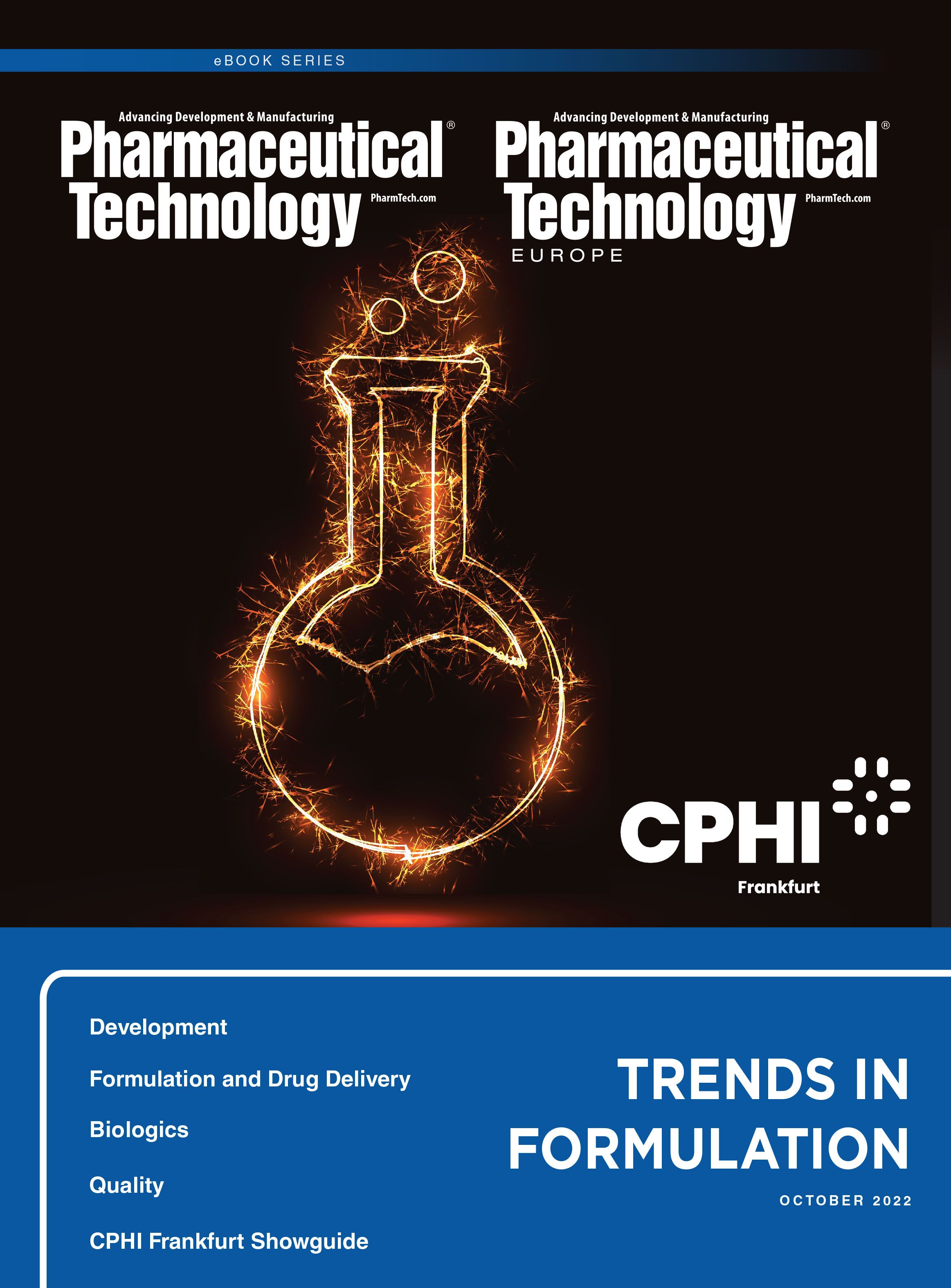Emerging Applications of Vitamin E TPGS in Drug Delivery
The author discusses some new applications of TPGS in the pharmaceutical field that should see this versatile excipient retain its place in the drug formulators toolbox.
Yuri Hoydas - Stock.adobe.com

Vitamin E TPGS, or d-α-tocopheryl polyethylene glycol 1000 succinate, was first developed more than 60 years ago as a water-soluble form of naturally occurring vitamin E. Originally used to treat vitamin E deficiency in cholestatic patients, TPGS quickly attracted attention as a versatile solubilizer due to its amphiphilic nature and surfactant properties. Further application of this molecule emerged in the 1990s, when TPGS was shown to improve epithelial absorption by modulating cellular efflux. Researchers have continued to find a variety of new and exciting applications of this molecule, and TPGS has become an important tool for drug delivery formulators. This report serves to summarize some of recent innovations using TPGS for improved delivery of bioactive materials.
Read this article in the Trends in Formulation ebook.
About the author
Greg Paddon-Jones, PhD, is director of Product Development at Antares Health Products.
Article details
Pharmaceutical Technology
eBook: Trends in Formulation
October 2022
Pages: 20–28
Citation
When referring to this article, please cite it as G. Paddon-Jones, "Emerging Applications of Vitamin E TPGS in Drug Delivery," Pharmaceutical Technology's Trends in Formulation eBook (October 2022).

Drug Solutions Podcast: Applying Appropriate Analytics to Drug Development
March 26th 2024In this episode of the Drug Solutions Podcast, Jan Bekker, Vice President of Business Development, Commercial and Technical Operations at BioCina, discusses the latest analytical tools and their applications in the drug development market.